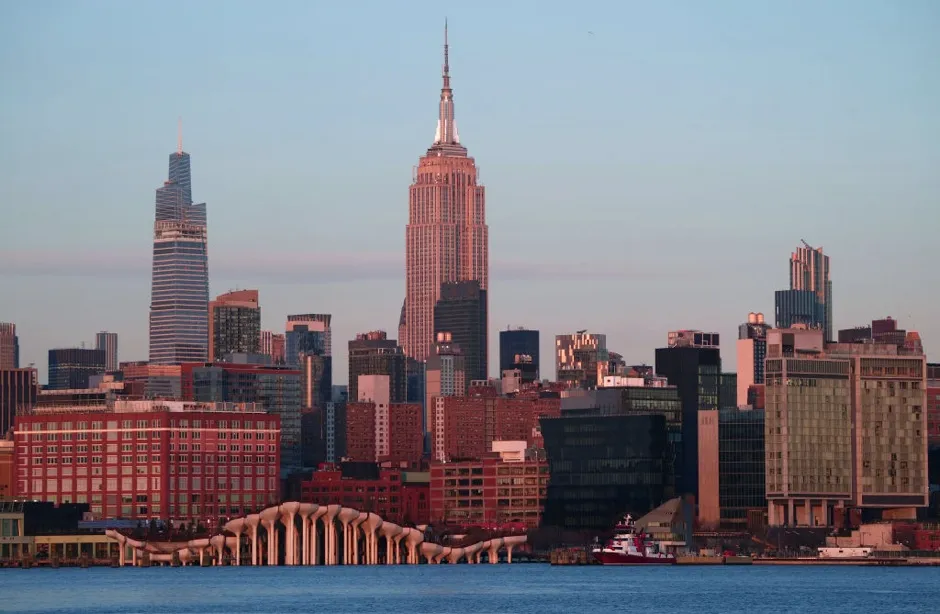After damage by Hurricane Sandy, an investment of $260m has turned the Hudson River’s Pier 54 into a space of beauty and calm for both humans and wildlife.
Called ‘Little Island’, this new public park sits atop 132 concrete ‘tulips’ that each have their own shape, designed to hold different plants, shrubs and trees. Some 350 species have been planted across the 2.4 acres, while beneath the island itself remains left over wood piles from the original pier, preserved in order to maintain pre-existing aquatic habitats.
Little Island hopes to offer a space of sanctuary for the people of New York – especially those who haven’t before had regular access to greenery.
“Research has shown that when people lived in greener areas, people were happier overall,” says Wendy Masterton, a researcher in Social and Natural Sciences at the University of Stirling looking at the impact of parks and greenspaces on health. "The link between nature and human health is well established."

But in reality, wider inequalities can prevent these potential benefits, says Masterton.
"Time spent in greenspace appears to be more beneficial for people from more deprived areas compared to affluent areas. It has also been shown to be more beneficial for people with poorer mental health compared to those with positive mental health."
But people who may benefit the most, might not actually be able to do so. "People in tenements or high-rise flats may not have gardens or spaces they want to spend time in, due to overcrowding, crime, poor upkeep, littering, for example," explains Masterton. "On the other hand, affluence generally allows people to buy homes in areas that have more quality green spaces and access to nature, less air pollution, and more space for physical activity."
Read more about health and nature:
- Even a 'tiny patch of nature' in a front garden reduces stress and makes people happier
- Cold water swimming: Why an icy dip is good for your mental and physical health
"In general, if someone has less access to local parks, gardens and playing fields, they are far less likely to gain the benefits that those spaces can provide."
These benefits are wide-ranging and proven by numerous studies.
"Living in areas with grass and trees has been linked to lower risk of various health conditions such as high blood pressure and cardiovascular disease. As well as physical health, greenspace is associated with positive mental health."
"The prescription rate of anti-depressants and the demand for CBT is at record levels in the UK, suggesting a need to establish ways to support the rising demand while limiting rising costs.
"Exposure to greenspace has been associated with reduced antidepressant prescription rates and has recently been posed as a way to reduce the high global burden of chronic pain and related mental health challenges," says Masterton.

In 2020, Public Health England (PHE) released an Improving Access to Greenspace review that considered new evidence alongside existing initiatives to help all areas of the UK benefit from nature.
"Recent valuations have estimated that £2.1bn per year could be saved in health costs if everyone in England had good access to greenspace, due to increased physical activity in those spaces.
Just one example mentioned in the PHE review is in Birmingham, where a valuation found that the annual net benefit of parks and greenspace to the local community was nearly £600m, including £192m in health benefits.
So while the millions of dollars spent on Little Island might sound like a lot, compared to the cost of individual treatments and approaches, Masterton says a park in a city could benefit thousands and have a greater effect on a population.

